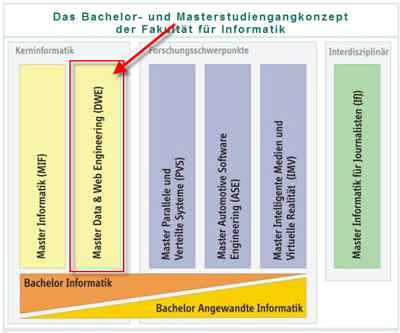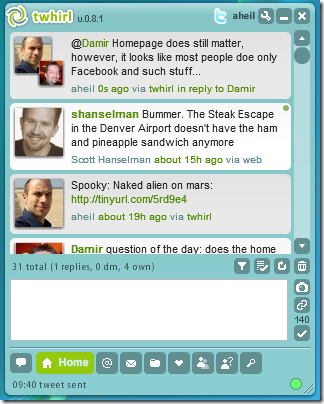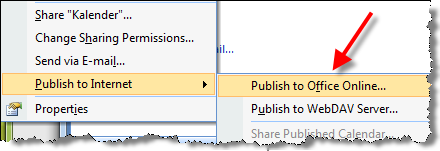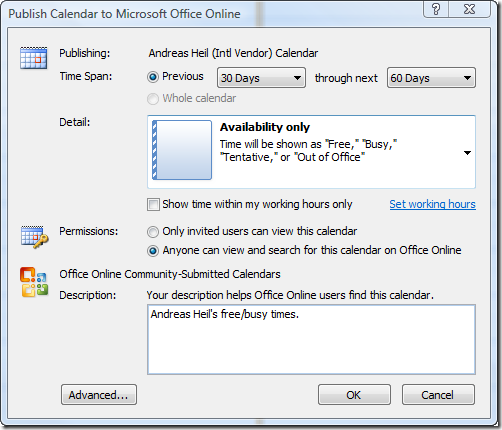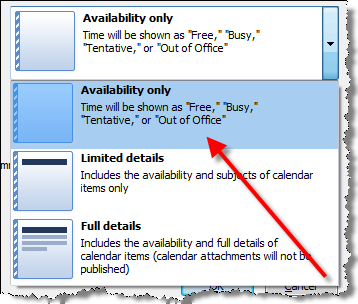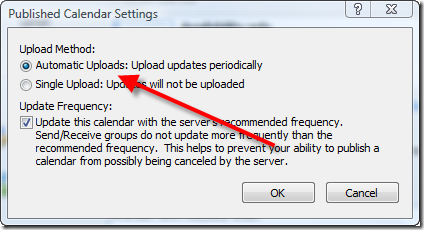Fight Back SPAM
For some days, it looks like there are some issues with the Akismet API. A couple of SPAM entries found their way into my blog not being monitored by the service at all. Now I decided to give ReverseDOS a try.
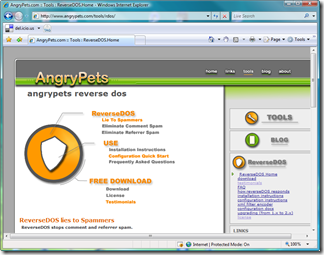
It’s a small HttpModule developed by Michael K. Campbell. Let’s see what he is going to say about ReverseDOS:
“ReverseDOS is a very simple HttpModule that checks various parts of incoming requests against a list of crap that you don’t want pushed on to your site. If ReverseDOS detects a match, it attempts to stall the requesting client for a number of seconds (specified in a .config file). During this loop, which uses virtually no server resources – and only a tiny smidgen of bandwidth, ReverseDOS checks every .3 seconds to see if the client is still connected. If the spammer disconnects, good riddance. If the spammer sticks around, they’re finally rewarded with the Response Headers – containing an HTTP 403 – Access Denied Response Code.”
Does not sound too bad, does it? Since I run my own server now it is a cinch to get it run. Deployment is quite easy, copying the bits, the configuration file and adding one line to your Web.config. Following the installation instructions, it took a few minutes to get everything set up. So far, it looks like it runs fine with dasBlog 2.0. I’ll give the default configuration file a try, before I see what to add there.
